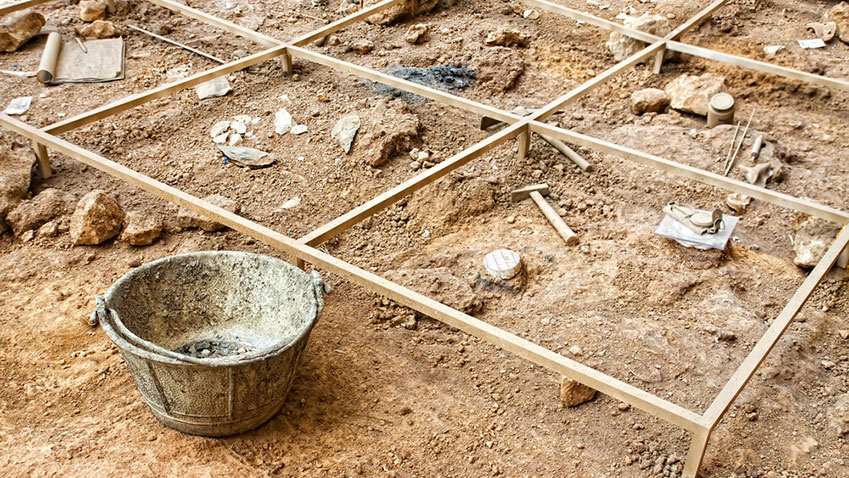Convention for the Protection of the Archaeological Heritage of Europe (revised) (Valletta, 1992)

The European Convention for the Protection of the Archaeological Heritage (revised) replaced and updated the original London Convention of 1969. It reflected the change in the nature of threats to the archaeological heritage, which now came less from unauthorised excavations, as in the 1960s, and more from the major construction projects carried out all over Europe from 1980 onwards. The revised Convention drew on twenty-two years of experience in implementing the original Convention. It established a body of new basic legal standards for Europe, to be met by national policies for the protection of archaeological assets as sources of scientific and documentary evidence, in line with the principles of integrated conservation.
The revised text makes the conservation and enhancement of the archaeological heritage one of the goals of urban and regional planning policies. It is concerned in particular with arrangements to be made for co-operation among archaeologists and town and regional planners in order to ensure optimum conservation of archaeological heritage. The Convention sets guidelines for the funding of excavation and research work and publication of research findings. It also deals with public access, in particular to archaeological sites, and educational actions to be undertaken to develop public awareness of the value of the archaeological heritage. Finally, the Convention constitutes an institutional framework for pan-European co-operation on the archaeological heritage, entailing a systematic exchange of experience and experts among the various States.



